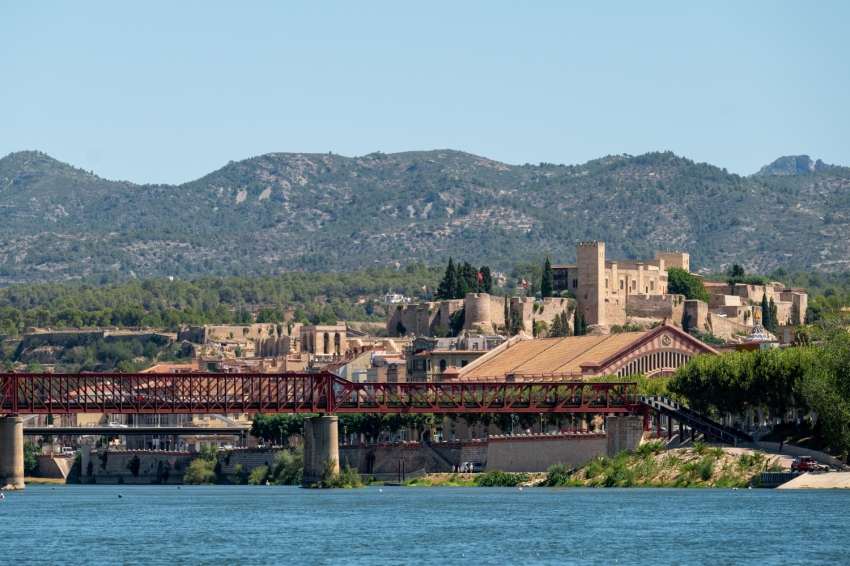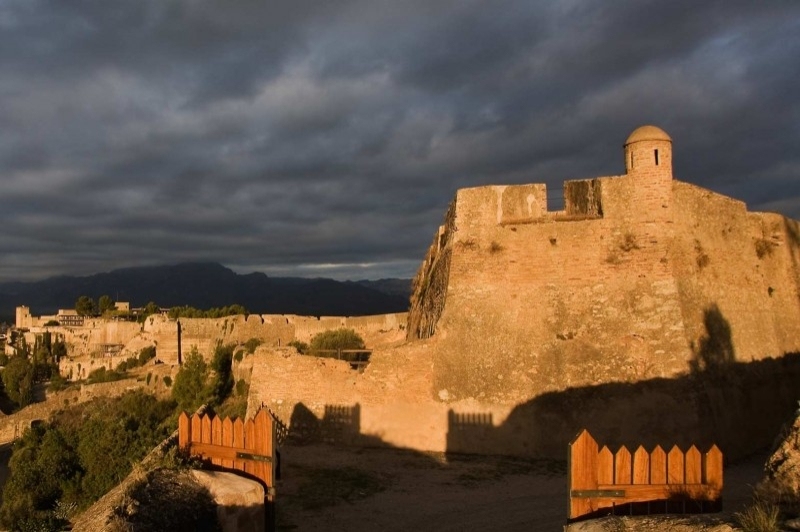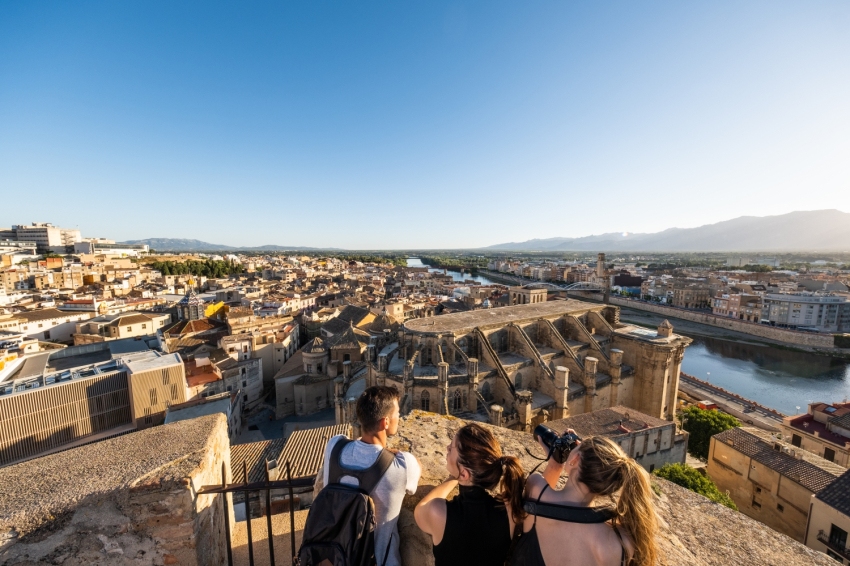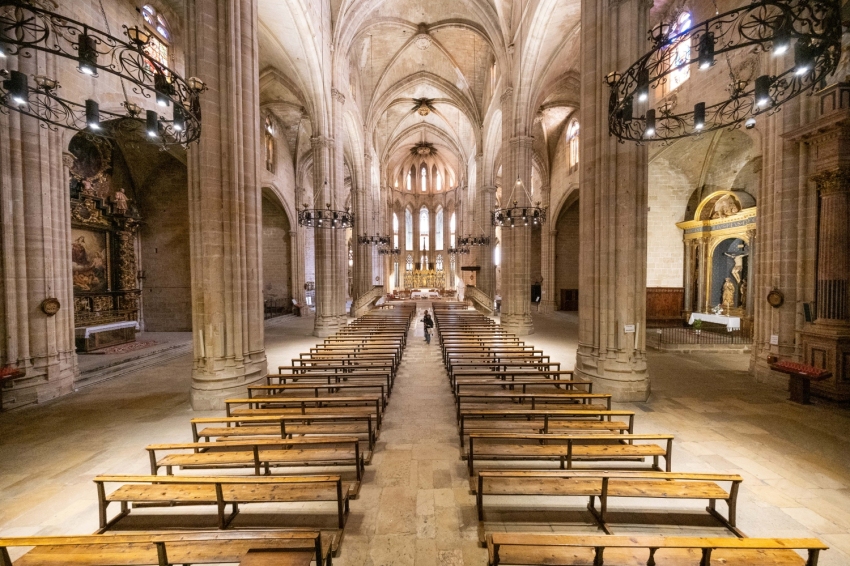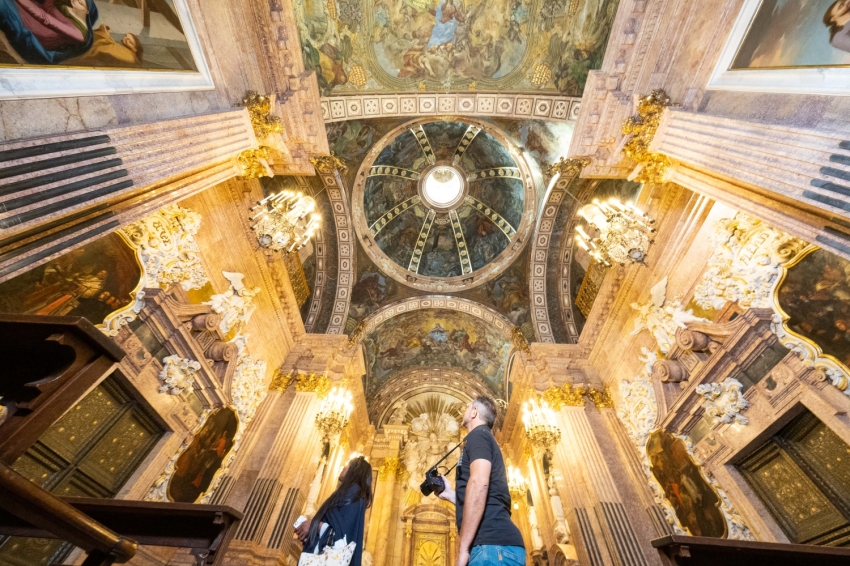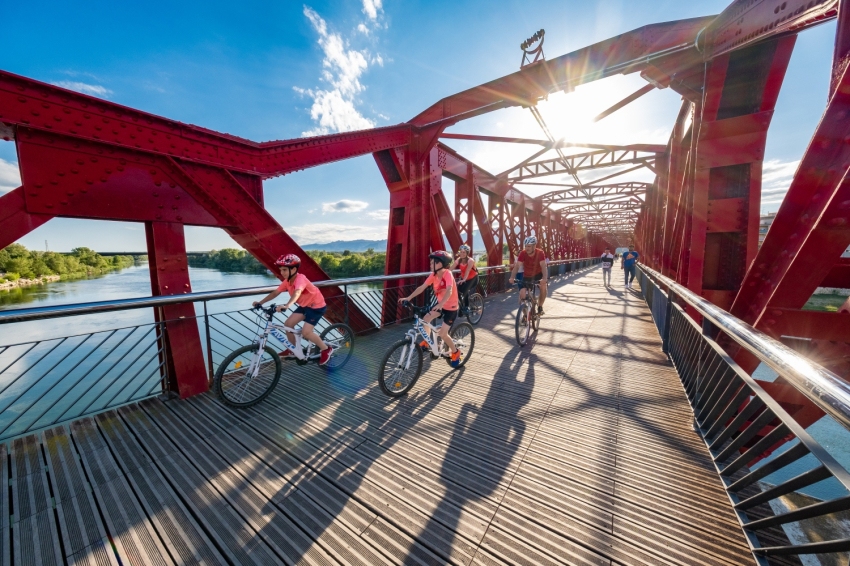Tortosa
Tortosa is the capital of the Baix Ebre region. The municipality is made up of several population entities apart from the central nucleus, which are the following: Jesús, Campredó, Bítem, los Reguers and Vinallop.
Located next to the Ebro river, near the mouth and at the beginning of the Delta, Tortosa brings together the economic, cultural and social life of the lower part of the Ebro, as well as being its most important commercial and service center. And be the episcopal seat of the territory.
In Tortosa we find buildings and palaces declared National Monuments that together with the best Renaissance complex in the Principality make your visit a must. In addition, the Ebro is navigable for tourism from the Tortosa river pier.
That is why we highlight the Castillo de la Suda, currently a National Parador, located 59 meters above sea level. It has a great Andalusian influence and the only open-air cemetery from the Arab period in Catalonia.
In Tortosa we find other fortifications among which we highlight the Tenalles fort from the 17th century and which is to the north of the city; the Sitjar fortifications, also from the 17th century, where we find three forts and a large moat, the Orleans forts located in front of those of Sitjar and which were conquered by this duke during the War of the Spanish Succession in 1708; several sections of the wall, of which we have mentioned the Remolins and El Rastre walls, and, finally, several towers: the Corder tower, the Priors tower, the Campredó or Fuente de Quinto tower, the Carrova tower, the Gassia tower and that of Fullola.
The city is also home to several palaces and noble houses. The Palau Montagut, the Romanesque Episcopal Palace, the Despuig Palace, the Oriol Palace, Capmany, the Abària-Aldana Palace-House and the Oliver de Boteller Palace. And three royal colleges located on the same street, Santo Domingo, the College of San Jaime and San Matías, the College of San Jorge and Santo Domingo and the church of Santo Domingo.
It should also be mentioned that there are a large number of civil buildings from different periods and that are relevant within the city: the Santa Clara Convent, the medieval market, the municipal market, Villa Mercedes, Clínica Sabaté and many more.
As Tortosa festivity, it is worth mentioning the Renaissance Festival that is celebrated for 4 days during the second half of July and in which the splendor of the city during the 16th century is represented.
You may also be interested in: Walk through the 'Viles Florides' of Catalonia!
What to do
Pessebre Vivent de Jesús
TortosaLiving nativity scene represented in movement and voice, from the Catalan era…
Jardí Botànic Medicinal, Ecoherbes Park
L'Ampolla (a 14.1 Km)The Ecoherbes Park Medicinal Botanical Garden is a large natural area next…
Where to eat
L’Estany - Casa de Fusta
Amposta (a 21.2 Km)A restaurant serving regional cuisine, with a wide selection of the ancestral…
Where to sleep
Càmping Ampolla Playa - Taiga Delta de l'Ebre
L'Ampolla (a 14.9 Km)At the gateway to the Ebro Delta Natural Park, Camping Taiga Delta…
Càmping Capfun Aube
Deltebre (a 29.2 Km)Discover Camping Capfun Aube, the perfect accommodation for enjoying the Ebro Delta…
Apartaments Les Valletes
Arnes (a 24.6 Km)Les Valletes Apartments are located in Arnes, a charming municipality in the…

